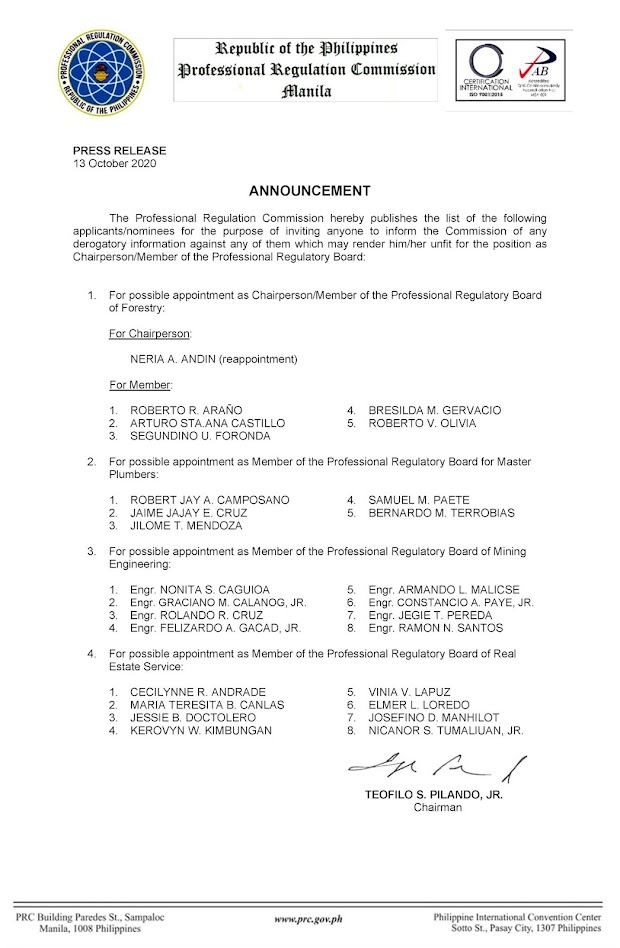October 30, 2020 | 12:01 am [ bworldonline.com ]
Seafront Residences, AboitizLand’s beachside development in San Juan, Batangas, is the perfect location to work remotely with beautifully-designed homes by Budji+Royal and stunning views of Tayabas Bay and Mt. Banahaw. (Actual Photo)
Along with the new normal, the pandemic continues to reshape market preferences in real estate, as the industry shows continued resiliency. Industry watchers are seeing a growing shift from the metro to less-dense locations, made possible by online modes of working, learning, and commerce. Even vacation properties, which used to be regarded as secondary homes, are now being considered as principal residences in the post-pandemic era.
Property listing site Lamudi reports that 83% of respondents on its site have been considering properties away from central business districts. Coincidentally, a similar shift is seen in house type preferences, as house-and lot units have become more attractive to property seekers.
AboitizLand, the Aboitiz group’s real estate arm, sees opportunities in these trends with its South Luzon properties Seafront Residences and The Villages at Lipa benefiting in increased market interest.
After two decades of developing Cebu’s premier developments, AboitizLand began its national expansion in South Luzon in 2017 with Seafront Residences, a 43-hectare premier seaside community in San Juan, Batangas. After launching several communities in Central Luzon for the next three years, it continued its growth in the South with a fully-integrated community, The Villages at Lipa in Batangas.
South Luzon sees steady economic growth
Low density condominiums with just 10 units in each building allows safe and relaxed seaside living only in Seafront Residences. (Artist’s Perspective)
The economy of Region IV-A, comprising Cavite, Laguna, Batangas, Rizal, and Quezon (CALABARZON), has remained decidedly resilient, growing by about 6.3 percent a year from 2016 to 2018, making it one of the fastest growing centers in the country.
Contributing to the growth are infrastructure projects slated to be completed by 2021, such as the North Luzon Expressway (NLEX)-South Luzon Expressway (SLEX) Connector Road. Aiming to cut travel time between the two expressways to just 20 minutes, this project stokes demand for industrial space and complementing residential and commercial properties.
Home to next wave cities Dasmariñas in Cavite, Sta. Rosa in Laguna, and Lipa in Batangas, South Luzon also attributes its growth to the industrial segment, attracting global players with its robust information technology and manufacturing industries. This constant progression has buoyed demand for integrated communities and standalone residential developments in the region.
Integrated, future-ready communities
AboitizLand’s The VIllages at Lipa boats of signature features like diamond parks and greenbelts — natural green open areas in a network of walkable spaces and amenities. (Artist’s Perspective)
One such example of a development is AboitizLand’s The Villages at Lipa. Nestled inside LIMA, the Aboitiz group’s industrial-anchored township seen to be the next leading mixed-use economic center in the south, The Villages at Lipa provides families with a complete township lifestyle, complemented by LIMA Technology Center, The Outlets at Lipa, LIMA Exchange, Aboitiz Pitch, LIMA Business District, and academic institutions. Situated in Lipa and Malvar, Batangas, the 49-hectare community is far enough from congested megacities but close enough to be able to drive to the familiar sights and sounds of Metro Manila.
Second homes on the rise
Opportunities also abound for investors in the market for what used to be considered second homes. With buyers wary of current stock values, relatively stable real estate investments are becoming more attractive.
With work-from-home arrangements becoming the norm, property seekers are more discerning of amenities as people look for home features that allow them to achieve work-life balance while in quarantine.
Seafront Residences provides the attractive prospect of relaxed living by the sea. AboitizLand’s premier beachside community is master-planned by Florida-based DPZ, thought leaders on new urbanist communities, and features designer homes by Budji+Royal. With access to balconies and azoteas, and the many creature comforts of a highly amenitized community, having a stunning view of Tayabas Bay and Mt. Banahaw is now possible even while working remotely.
For those who are looking for apartments living outside the city, Seafront Residences also offers Seafront Villas, a collection of low rise and less dense condominiums with just 10 units in each building. Within a short walk from the beach, lots are also available for those that plan to have houses built or for property appreciation.
Green, less dense spaces preferred
Environmentally-conscious developments will also become more attractive to people who look towards low-density areas that offer house-and-lot type properties with generous green, open spaces, making social distancing norms possible.
Both Seafront Residences and The VIllages at Lipa communities are characterized by signature features like diamond parks and greenbelts — natural green open areas in a network of walkable spaces and amenities.
Developers adapt to shifting market needs
Aiding the shift towards these growth centers are property developers adjusting to consumers’ needs with a pivot towards digital and contactless selling, adjusted payment terms and discounts, as well as banks offering low-interest rates to ease homebuyers into investing during a pandemic.
AboitizLand is one of the first developers to respond to changing market needs by taking their operations online and offering end-to-end, digital-based homebuying. As a result, a strong sales take up was seen during the second and third quarters of the year, beating the company’s last year sales figures for the same quarters.
Know more about how life is better at AboitizLand through its contactless homebuying service. To learn more about Seafront Residences and The Villages at Lipa, along with the rest of their residential properties, visit their website at www.aboitizland.com.
For over 25 years, AboitizLand has stayed true to its promise of creating better ways to live through its thriving master-planned communities. A subsidiary of the Aboitiz Group, it is built on a firm foundation with a hundred-year heritage of advancing business and communities. For more information about AboitizLand, visit www.aboitizland.com.
--------------------------------------------------------------------------





















